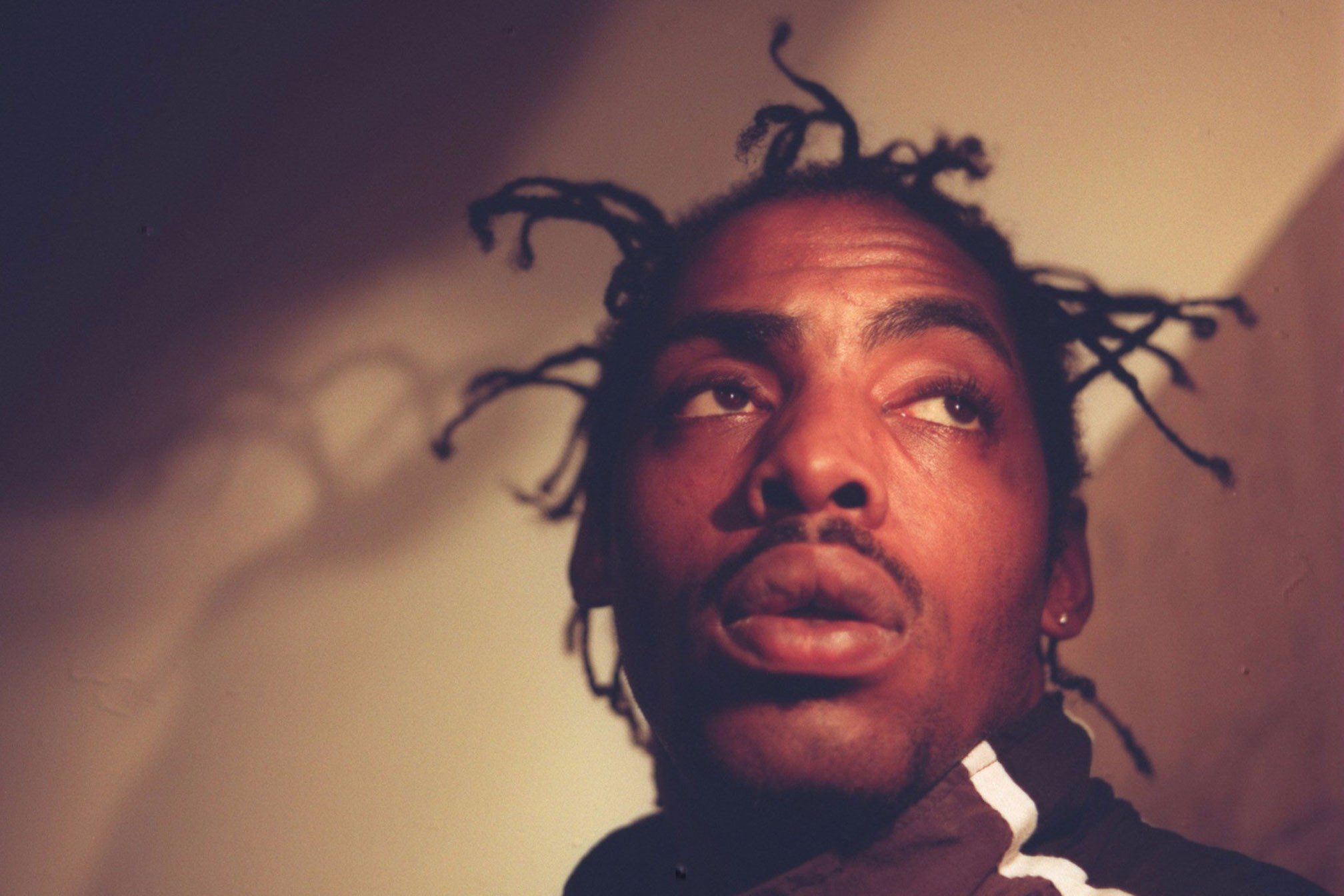 Comment
Comment
Gangster’s Paradise: How Coolio’s masterpiece made hip hop history
The seminal track turns 23 this year
Exeter's legendary Timepiece venue is celebrating its 25th birthday. To mark the occasion, hip hop titan Coolio will play a very special anniversary party on Tuesday October 9. The club – which is well known to have friends in high places – has previously hosted intimate shows from rap royalty like Snoop Dogg and opened at its current site the same year that Coolio released 'Gangsta's Paradise', which means this one will be a night to remember...
Iconic strings, a lurching beat and lyrical prayers of redemption; Coolio’s ‘Gangsta’s Paradise,’ is one of rap’s most treasured creations. Not just because it’s sold at least 6 million copies worldwide, making it one of the genres’ best-selling singles, or because it topped the 1995 US Billboard. Not because it beat Michael Jackson to a number one slot, or because it featured landmark sampling. But because it fast tracked the essential – and forthcoming – union between hip hop, rap and the mainstream. 23 years on: we’re still celebrating.
As the ‘golden age’ of hip hop simmered into the nineties, Nas’ seminal debut ‘Illmatic’ sent tremors through the East Coast and the hardcore sounds of Biggie’s ‘Ready To Die’ lurked on the Billboard. Though both records dabbled in radio play and acclaim, early 90s rap remained a subculture. Received as a voice for the hood; the genre synonymous with violence, crime and social depravity. It spoke to marginalised black youth culture, entrenched far from mass legitimisation.
Though rap continues to represent these voices today, it’s received differently. Its chart reign doesn’t surprise us like it would have then. In 1995, hip hop was clearly on the verge a breakthrough: it just needed an all-encompassing moment of exposure. The release of ‘Gangsta’s Paradise,’ was one.
Written almost entirely in one sitting under the grasp of Coolio’s freestyle, the song takes its iconic instrumentation, chorus and title inspiration from Stevie Wonder’s ‘Pastime Paradise’. Bulking the sample’s sound, ‘Gangster’s Paradise,’ gains its gospel melodies from r’n’b singer Larry Sanders (known as L.V. to most), and high-quality production from Doug Rasheed. Lyrically, Coolio’s verses explore life in the hood and a self-directed path toward change.
It’s these characteristics that gave ‘Gangsta’s Paradise’ a new eccentricity. It moved hip hop to straddle genre, and opened the door to rap’s experimentation. It simplified a once isolated sound, soft launching it to the masses. Stevie Wonder’s infectious sway was a mainstream phenomenon; it’s won Grammy after Grammy, it smashed through the charts and secured international acclaim. To have it featured on ‘Gangsta’s Delight’ gave many an insight into something alien from a position of revered familiarity. Who doesn’t know – or like - Wonder, anyway?
While the song’s verses present a vision of 90s rap, the discernible soul of Wonder teamed with L.V’s harmonies relieve the associated, murky tension of the genre. The balance curates a certain light-heartedness, but protects rap’s characteristics; a revolving beat, a passionate message. For the time, ‘Gangsta’s Paradise’ balanced pop and rap with an innovative sophistication.
Initially, Stevie Wonder rejected the sample after hearing the song’s profanity; he didn’t want his music to be featured on ‘some hood song.’ So Coolio compromised. Without, its potential for commercialisation increased, pushing lyrical themes further afield. Its talk of redemption, self-reflection and despair is phenomena universally experienced - not just by those in the hood.
The song was also released as part of the Dangerous Minds film soundtrack, which featured Hollywood actress Michelle Pfeiffer. Though receiving a mixed reception, the music video forged the union of Pfeiffer and Coolio onscreen. In an interview with Rolling Stone, Coolio joked that Pfeiffer seemed nervous around people of colour.She may well have been. Hollywood was – and still is, of course – dominated by white people. But the music video promoted a different story far and wide: a black rapper and a white, Hollywood actress working together, creatively. A new audience of rap was teased: its sound confronted visuals directed at the mass market.
The video went on to scoop MTV’s Best Rap Video award and the 1996 Grammy for the Best Rap Performance, pushing the track further into the limelight. Beyond that, it paved the way for hip hop’s next stars to breakout. Some of Lauryn Hill’s biggest hits were released in 1996, and Jay-Z's from 1997 onwards. Though it would be an overstatement to claim the ‘Gangsta’s Paradise’ edged rap into the mainstream alone, it’s no secret it played a huge part - and that’s why we should celebrate.
Coolio plays Timepiece in Exeter in celebration of the venue’s 25th birthday on Tuesday October 9. Tickets are available here
Kate Hutchison is a freelance journalist. Follow her on Twitter


